May 07, 2025
Pneumatic push in fitting is one of the commonly used pneumatic fittings in pneumatic systems, also known as quick connect or push in fittings, aimed at achieving fast and high sealing between pipelines and pneumatic equipment. Quick and convenient use is also a major breakthrough in pipeline connection technology. These innovative connectors have provided tremendous convenience for industrial manufacturing and pipeline connections today.
Simply insert the trachea into the connector and it will automatically lock without the need for tools. Pneumatic push in fitting is a quick connect component designed specifically for pneumatic systems, used to reliably and quickly connect air tubes with various pneumatic components such as cylinders, solenoid valves, distributors, etc.
Pneumatic push in fitting has an extremely fast connection speed that can be directly inserted and unplugged, saving time. The principle behind this is as follows:
When the trachea is inserted into the pneumatic push in fitting, there is a metal or plastic snap ring called a collet inside the fitting. When the trachea is inserted, the gripper automatically opens; After the tube is fully inserted, the clamp immediately returns to its original position and clamps the outer wall of the trachea to prevent detachment. This stage is called Collet Grip
How is the sealing of such a simple intubation? There is an O-ring embedded inside the joint, which fits tightly with the outer diameter of the trachea when it is inserted to the bottom, forming a seal. This sealing ring can not only withstand the working pressure of the pneumatic system but also prevent air leakage and loosening. This stage is called O-ring Seal
When you want to pull out the trachea, simply press the release ring on the outside of the connector so that the claw will automatically release and the trachea can be easily pulled out. This stage is called Release Sleeve
Overall, the process of inserting and removing the trachea connector is relatively simple, without the need for additional tools, and can be carried out safely and efficiently.
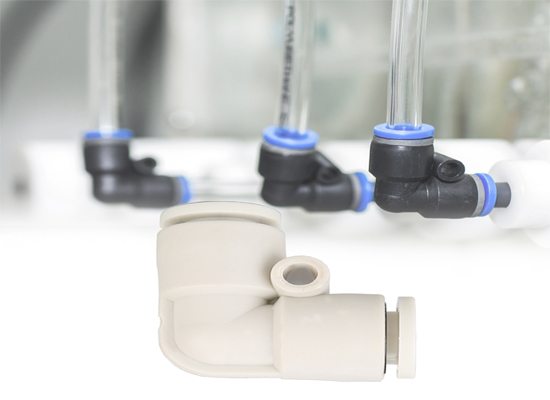
The working principle of Push-in Fitting is derived from its unique design structure, where each joint consists of several key components:
Body: It is the main structure of the joint, usually composed of materials such as plastic, stainless steel, and brass, used for different types of pipelines.
O-ring: It is a structure that maintains the sealing between the pipe and the joint, ensuring that no air escapes. Because it comes into contact with different gases, the material has characteristics such as being difficult to degrade and corrode.
Clamping mechanism: It is to fix the tube inserted into the joint to prevent it from being pulled out, usually a clamp with stainless steel teeth inside the joint.
Release mechanism: Simply push the release ring to easily pull the pipeline out of the structure.
Pneumatic push in fittings have many advantages over traditional structural joints:
| Comparison Aspect | Pneumatic Push-in Fitting | Traditional Threaded/Compression Fitting |
|---|---|---|
| Connection Speed | Extremely fast, direct plug-in installation | Slower, requires thread tightening or tool-assisted assembly |
| Installation Tools | No tools required | Typically requires wrenches or similar tools |
| Reusability | High, can be repeatedly plugged in and unplugged | Limited number of insertions/removals; threads prone to wear |
| Adaptability & Flexibility | Multiple configurations (straight, elbow, tee, etc.) | Limited in shape; single connection method |
| System Maintenance | Easy replacement, saves time | Complex replacement, high maintenance costs |
| Sealing Performance | O-ring for automatic sealing, excellent sealing effect | Relies on thread sealants or compression sleeves, higher risk of leakage |
Compared to traditional connectors, pneumatic push-in fittings can achieve advantages such as easier installation, flexibility, reusability, and time-saving.
Pneumatic push-in fittings are available in various designs, materials, and shapes from Fokcaflow due to their different media and application industries. Each type has specific purposes and conditions, and understanding these differences is crucial for your rational selection and use.
Material
Plastic: Considering that this type of joint is used in industries with specific requirements for joint quality and corrosion resistance, it is usually made of nylon and POM materials.
Stainless steel: This material is generally used in pneumatic systems, maintaining strength and corrosion resistance while also having good cost-effectiveness.
Brass: Suitable for harsh environmental conditions, including video, marine, medical and other fields, it has excellent corrosion resistance, high temperature resistance and strength.
Shape
Straight type: connecting two pipes into a straight line
Bend type: Change the direction of the pipeline, the most common being 90 degrees, to flexibly design and avoid obstacles in the system.
Three way type: It is a common type of branch system, which can divide a single flow pipeline into two, or merge two pipelines into one, which is very practical in distributed systems.
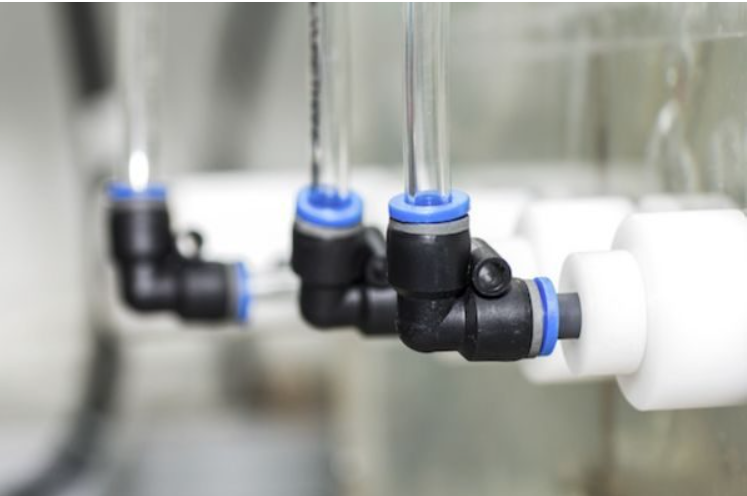
Water power system
Medical devices and laboratory equipment
Pneumatic system
Automation
The pneumatic push in fittings provided by Fokcaflow can meet various operational requirements and are excellent tools for professionals and DIY enthusiasts. As long as they follow the usage standards and specifications, they can fully utilize their excellent product features. We will continue to collect and innovate product solutions, and in the future, we will withdraw from products that simplify processes and operations.
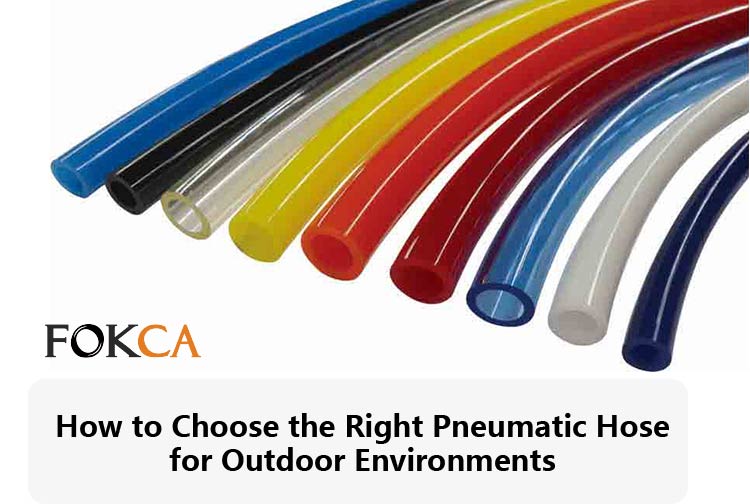 How to Choose the Right Pneumatic Hose for Outdoor Environments
How to Choose the Right Pneumatic Hose for Outdoor Environments
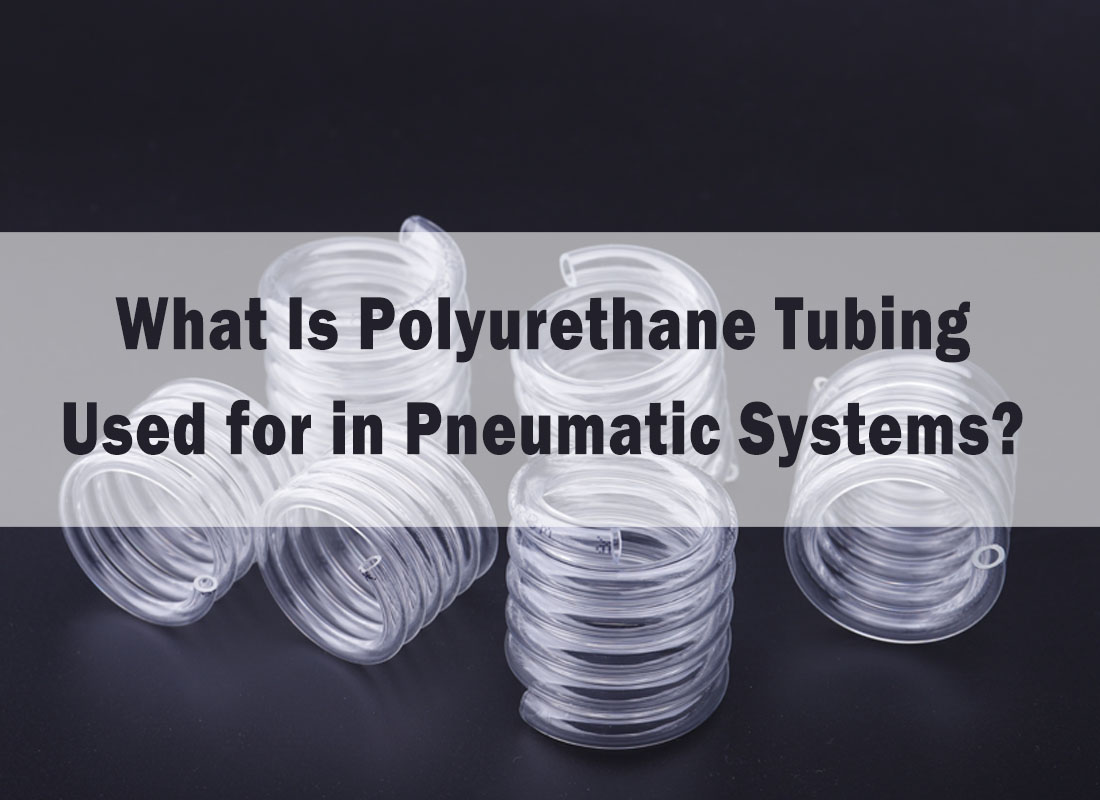 Polyurethane Tubing's applications in Pneumatic System
Polyurethane Tubing's applications in Pneumatic System
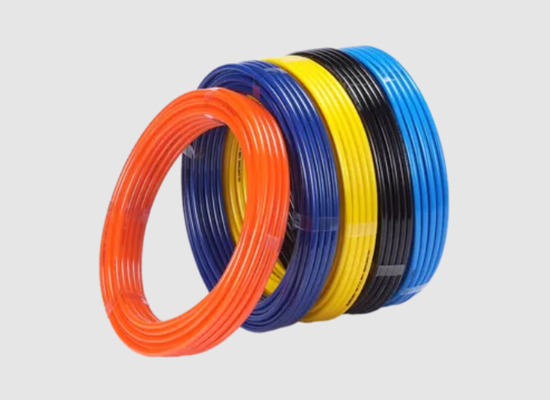 Can polyurethane tubing be used for fuel lines?
Can polyurethane tubing be used for fuel lines?
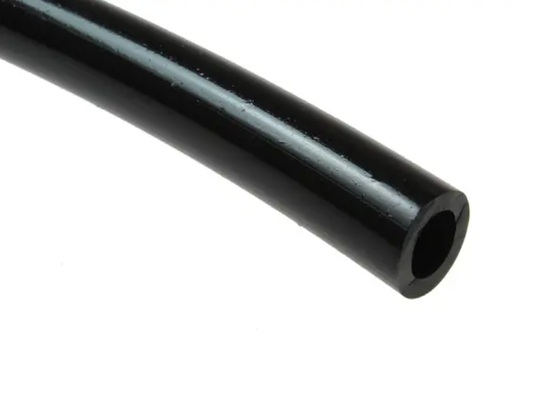 Polyurethane Tubing Uses: What It's Designed for and Why It Works
Polyurethane Tubing Uses: What It's Designed for and Why It Works
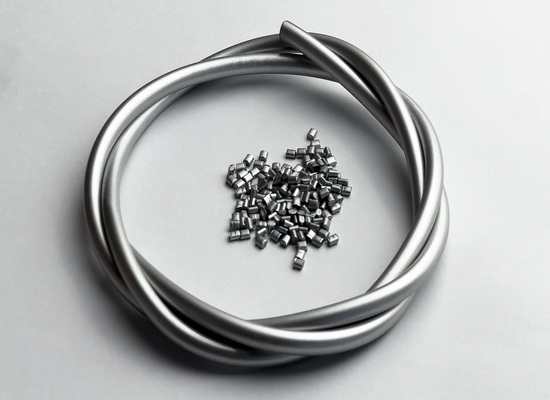 The Comprehensive Guide to Thermoplastic Polyurethane Tubing: Features, Benefits, Applications
The Comprehensive Guide to Thermoplastic Polyurethane Tubing: Features, Benefits, Applications
You May Interest In
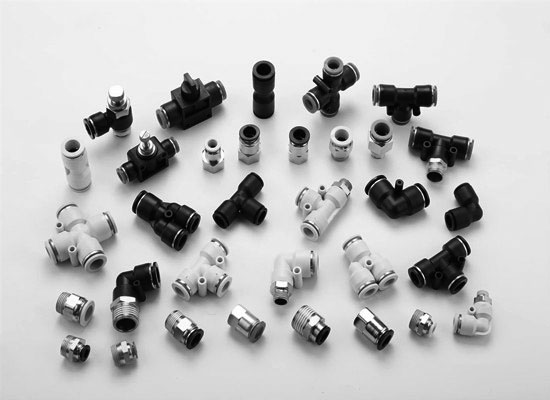
May 07, 2025 Blog
Comprehensive Analysis of Pneumatic Push in Fittings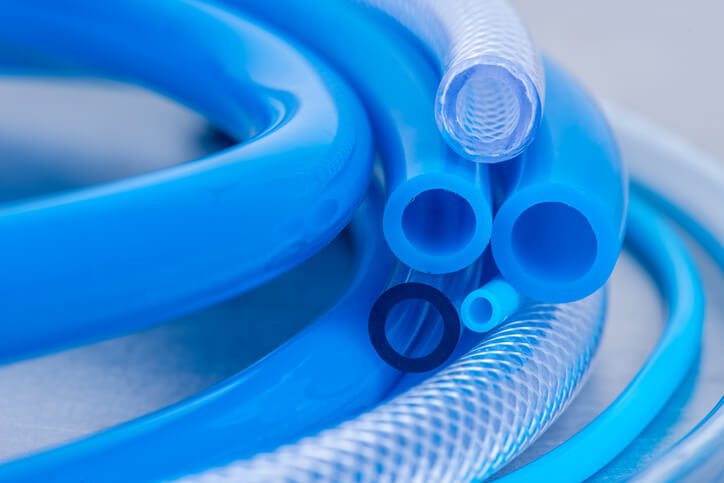
Apr 22, 2025 Blog
Solution for Nylon Tube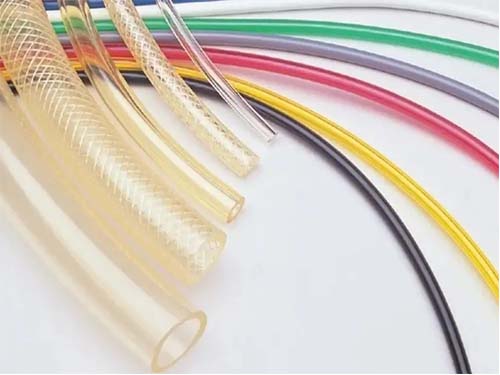
Apr 16, 2025 Blog
PVC Tubing vs. Polyurethane Tubing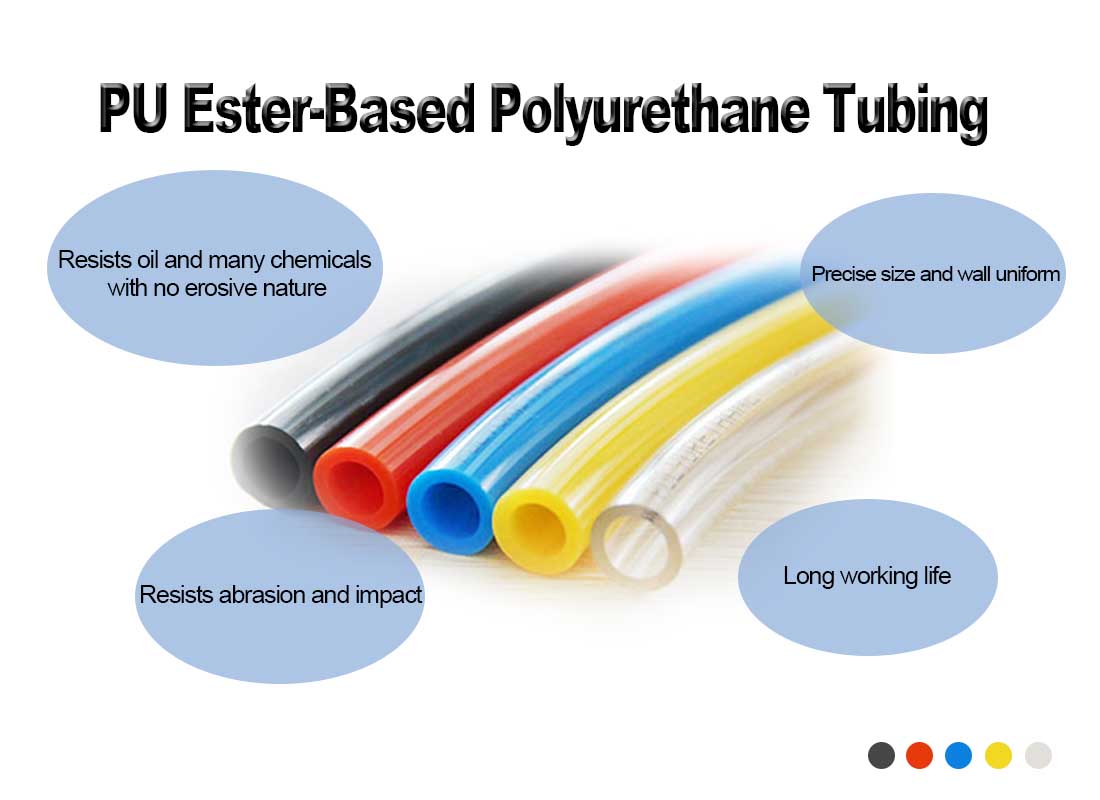
Apr 10, 2025 Blog
What is the difference between pu and pvc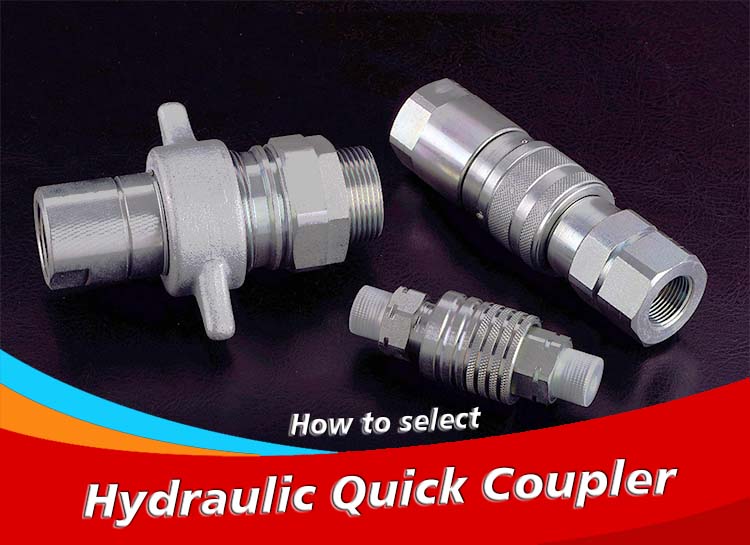
Feb 24, 2025 Blog
How to Identify Hydraulic Quick Couplers?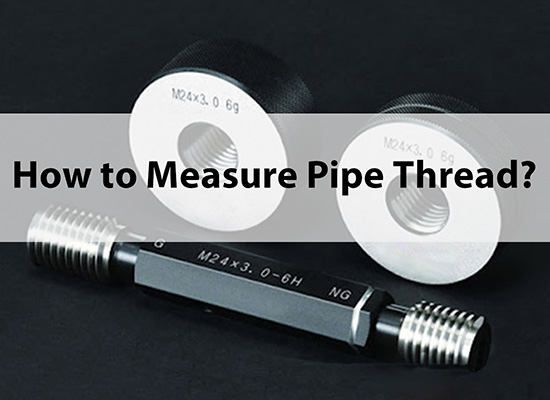
Jan 21, 2025 Blog
How to Measure Pipe Thread?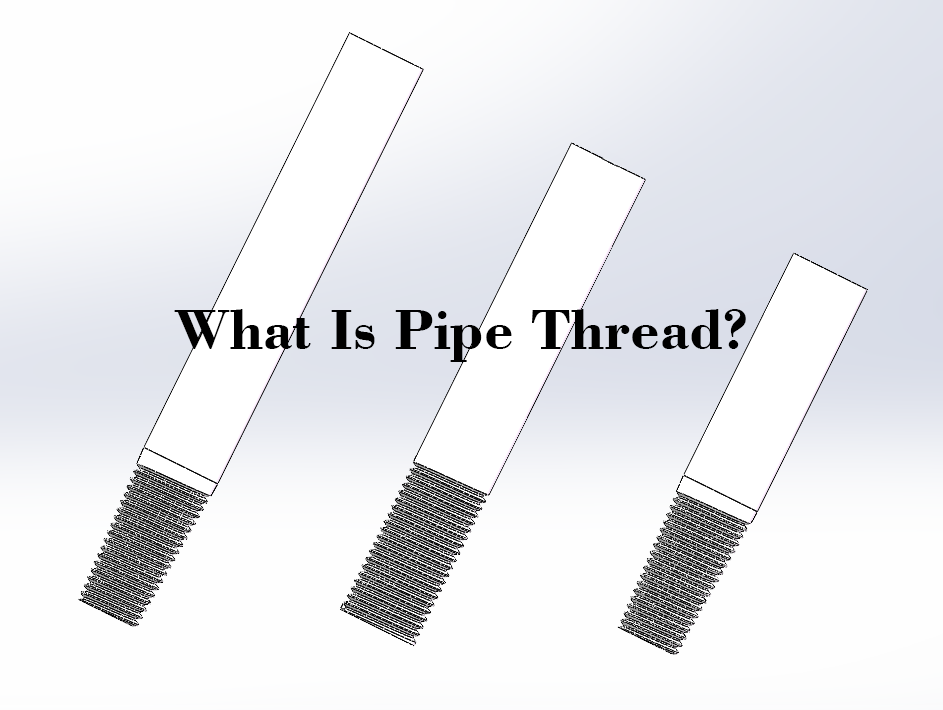
Jan 16, 2025 Blog
What Is Pipe thread?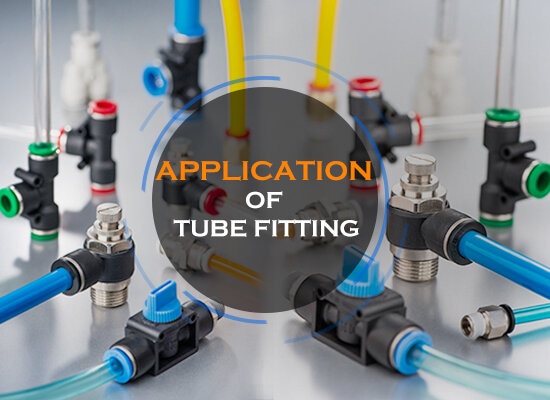
Dec 04, 2024 Blog
Application Of Tube Fitting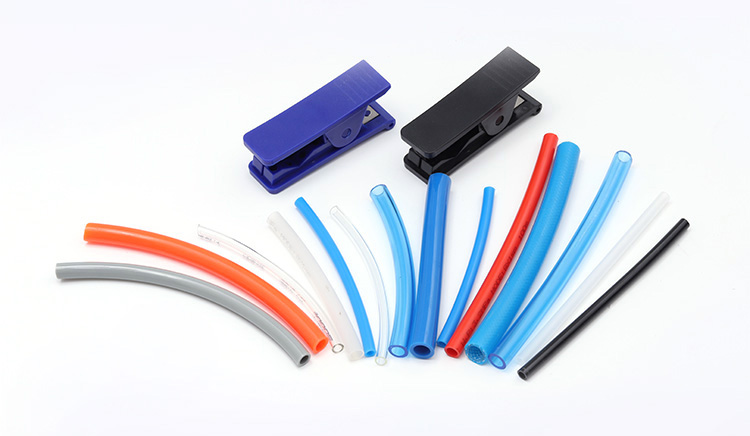
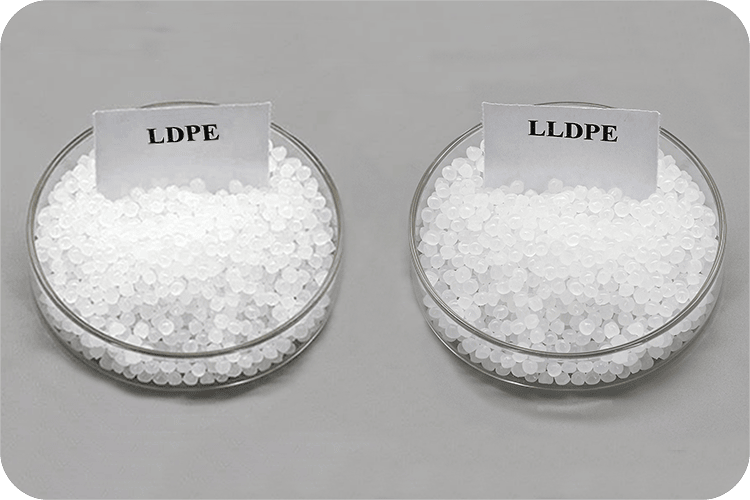
Jun 26, 2023 Blog
What Is The Difference Between LLDPE And LDPE?
Jan 17, 2023 Blog
What Are The Classification Of Plastics?Links: www.fescolo.com(Pneumatic)
FOKCA ©1998-2025 All Rights Reserved Sitemap